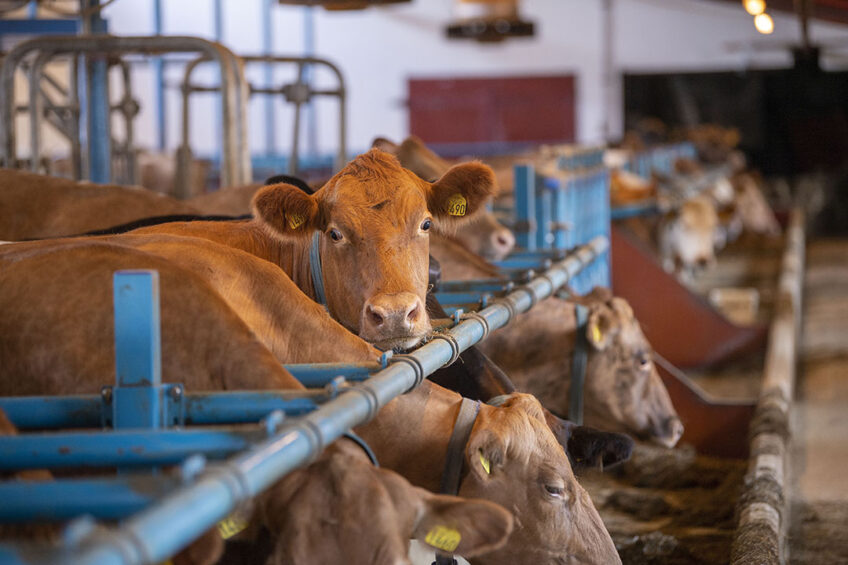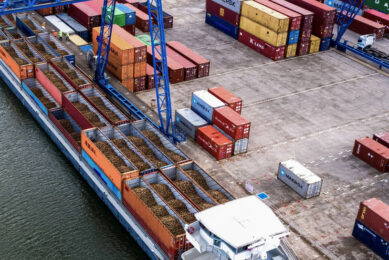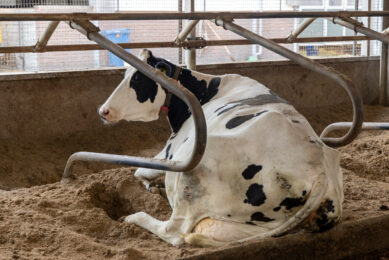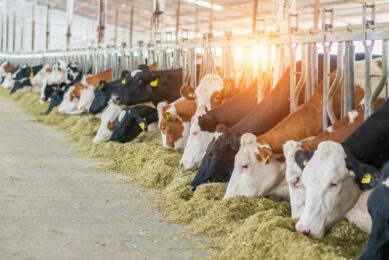Comparing dairy cow welfare standards across Europe

A study comparing different dairy cattle welfare provisions in 5 European countries has found significant differences in legislation, making full harmonisation of standards difficult.
At present, the only common European Union legislation set up specifically to ensure dairy welfare is for calves, and as a result, there is wide diversity in how dairy cattle welfare is ensured in EU countries.
Some nations have domestic legal requirements for dairy cattle welfare, while in others it is left to industry standards or niche production requirements that are linked to various premium labels.
The study involved scientists comparing animal welfare provisions across 5 countries with different combinations of legislative and other approaches – Denmark, Germany, the Netherlands, Sweden and the UK.
The aim of the research was to map the diversity of animal welfare initiatives and use the Benchmark method of expert valuations and weightings of the relative importance of individual welfare provisions.
Highest cattle welfare provisions
The researchers found that Denmark and Sweden had the highest level of dairy cattle welfare provisions as measured by the Benchmark method, due in part to high legislative welfare requirements. They were followed by the UK, which has an extensive industry standard, covering 95% of dairy production (Red Tractor Assurance) in 2021.
On the other hand, Germany and the Netherlands had lower levels of documented welfare provisions and had a Benchmark score closer to a baseline defined by legal requirements at EU level.
The study, led by Peter Sandoe, director of the Danish Centre for the Study of Companion Animal Welfare, University of Copenhagen, also found differences in the type of animal welfare elements. For example, some initiatives emphasised fulfilling the social needs of cattle while others focused more on space and freedom to move. The nations with the highest Benchmark score – Sweden, Denmark and the UK – had a relatively high level of organic and niche specialty dairy products (16-23%).
Diversity in cattle welfare
The study noted “the effect of national legislation or ambitious industry standards on dairy cattle welfare to be much larger than previous standards have found in pigs or poultry. At a time when the EU is considering stepping up its efforts to improve animal welfare in terms of common minimum standards, the results of this study could have important policy implications.”
For example, the diversity in the level of dairy cattle welfare standards found across countries may speak in favour of having shared minimum standards, both at EU level and globally. But even among nations with a similar Benchmark score, the study found a difference in the kinds of welfare provisions, which may make the full harmonisation of standards more challenging.
*The study, published in the journal animal, can be found here: Dairy cattle welfare – the relative effect of legislation, industry standards and labelled niche production in five European countries – ScienceDirect
Join 13,000+ subscribers
Subscribe to our newsletter to stay updated about all the need-to-know content in the dairy sector, two times a week.










